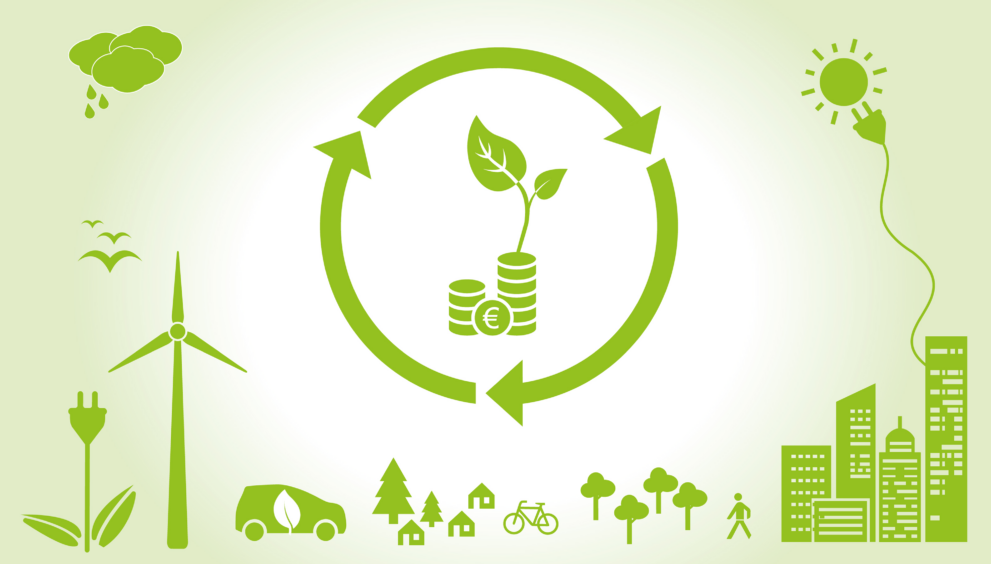Incentives Required To Drive Green Financing For Sustainable Transportation

To diminish the emission intensity of the transportation sector, concrete measures such as raising the limit for priority sector lending to stimulate increased bank lending in the green finance sector and offering tax incentives for green bond investments are essential.
India’s Budget 2023 has propelled the country’s transition towards clean energy, recognising the critical role that the transportation sector plays in achieving the Net Zero emissions goal by 2070. The growth in the number of vehicles on Indian roads over the last decade, now comprising approximately 14 per cent of emissions in the transport sector, underscores the need to reduce emission intensity in this sector.
To address this challenge, India is implementing a five-pronged strategy, known as ‘Panchamrit’ (Five Elixirs), aimed at shifting the dominant inter-modal composition from roads to railways and waterways. The National Rail Plan aspires to boost the rail’s share in the logistics market to 45 per cent by 2030-31, substantially reducing logistics costs from the current 13-14 per cent of GDP to a global average of 8 per cent by 2030. Railways also offer the most emissions-efficient and cost-effective transport solution.
Central to this plan is the development of Gati Shakti multi-modal cargo terminals and dedicated freight corridors (DFCs). DFCs, in particular, are expected to save 450 million tonnes of CO2 emissions within the first 30 years of operation, relieving congestion on road networks and advancing sustainable transportation.
In the realm of waterways, the Ministry of Ports, Shipping, and Waterways has allocated a Rs 5,000 crore package for constructing vessels for inland waterways, supporting the ‘Make in India’ initiative. Water-based transportation boasts a significantly lower greenhouse gas footprint, making vessel construction an essential step in decarbonizing the sector.
Moreover, the penetration of electric vehicles in India, surpassing one million units in September, necessitates robust support mechanisms such as the Faster Adoption and Manufacturing of (Hybrid &) Electric Vehicles (FAME-II) scheme and the creation of 22,000 charging stations. This aligns with the government’s push for ‘Make in India’ and positions the country as a potential clean technology manufacturing hub, with an estimated USD300 billion opportunity by the decade’s end.
However, realising this transition demands substantial investments, with CRISIL estimating green infrastructure spending to rise fivefold from fiscal years 2024 to 2030. Developing new avenues for financing is crucial, drawing inspiration from the power and mining sectors’ successful monetization models. A resilient domestic green bond market, tax incentives for green investments, enhanced priority sector lending limits, and government support in sharing investment risks are essential components of this transformative journey.
Sustainable mobility and transportation are gaining momentum in India, and capitalising on the potential for green financing in this sector necessitates collaboration between the government, academia, and industry. By pursuing these avenues, India can pave the way for a more sustainable and eco-friendly transportation ecosystem, aligning with its Net Zero goals.
For more insights on green financing in the infrastructure sector, join us and the sustainability stalwarts from different industries on the 21st of November at The St. Regis, Mumbai. Register here https://bwevents.co.in/bw/the-sustainable-world-conclave-mumbai/#Register to grab your spot!








































































































































































































































































































































































































































































































































































































































































































































































































































































































































































































































































































































































